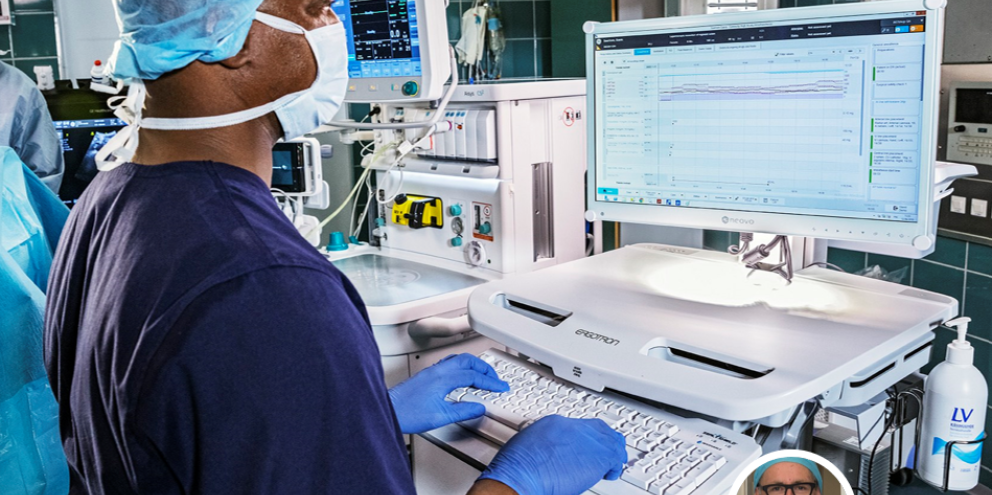Christchurch Hospital has been using GE HealthCare’s automated low flow anesthesia technology, End-tidal control, for 12 years. After starting in 12 rooms, the health system expanded to all 34 ORs by 2015 – and now uses End-tidal control 96% of the time.
In this first of our three-part video series, Dr. Ross Kennedy, a Clinical Associate Professor at the University of Otago in Christchurch, New Zealand, shares his experience with End-tidal control*, as well as the results of studies in other countries.
Key takeaways:
- Workload-related advantages include: decreased workload and distraction
- Patient safety advantages include: greater accuracy with less overshooting; more control over the O2 as well as the agent
- A UK study shows vapor use was down 50% by using End-tidal control
- Another study in Melbourne found consumption down 27%
- A study in Italy found End-tidal control to be as good as manual control – and resulted in easier and safer low-flow anesthesia and more time to take care of the patient
*Et Control is indicated for patients 18 years of age and older in the United States.
©2024 GE HealthCare
GE is a trademark of General Electric Company used under trademark license. Reproduction in any form is forbidden without prior written permission from GE HealthCare. Nothing in this material should be used to diagnose or treat any disease or condition. Readers must consult a healthcare professional.
JB29327XX, JB29289XX

Dr Ross Kennedy
Clinical Associate Professor
University of Otago, Christchurch, New Zealand
Dr Ross Kennedy is a Specialist Anaesthetist and Clinical Associate Professor from Christchurch, New Zealand. He has been interested in low flow anaesthesia as a means of waste reduction for many years. He is also interested in the uptake and distribution of inhaled agents and in the use of the many pieces of data collected during a routine case.








